DP-100 Azure Data Scientist Associate Certification Overview
Designing and Implementing a Data Science Solution on Azure DP-100 Course Outline
Module 1: Design a Data Ingestion Strategy for Machine Learning Projects
- Introduction
- Identify Your Data Source and Format
- Choose How to Serve Data to Machine Learning Workflows
- Design a Data Ingestion Solution
- Exercise: Design a Data Ingestion Strategy
Module 2: Design a Machine Learning Model Training Solution
- Introduction
- Identify Machine Learning Tasks
- Choose a Service to Train a Machine Learning Model
- Decide Between Compute Options
- Exercise: Design a Model Training Strategy
Module 3: Design a Model Deployment Solution
- Introduction
- Understand How Model Will Be Consumed
- Decide on Real-Time or Batch Deployment
- Exercise - Design a Deployment Solution
Module 4: Azure Machine Learning Workspace Resources and Assets
- Introduction
- Video - Explore the Azure Machine Learning Workspace
- Create an Azure Machine Learning Workspace
- Identify Azure Machine Learning Resources
- Identify Azure Machine Learning Assets
- Train Models in the Workspace
- Exercise - Explore the Workspace
Module 5: Developer Tools for Workspace Interaction
- Introduction
- Studio
- Python SDK
- CLI
- Exercise-Explore the Developer Tools
Module 6: Make Data Available in Azure Machine Learning
- Introduction
- Video - Make Data Available in Azure Machine Learning
- Understand URIs
- Create a Datastore
- Create a Data Asset
- Exercise - Make Data Available in Azure Machine Learning
Module 7: Work with Compute Targets in Azure Machine Learning
- Introduction
- Choose the Appropriate Compute Target
- Create and Use a Compute Instance
- Create and Use a Compute Cluster
- Exercise - Work with Compute Resources
Module 8: Work with Environments in Azure Machine Learning
- Introduction
- Understand Environments
- Use Curated Environments
- Create and Use Custom Environments
- Exercise - Work with Environments
Module 9: Classification Model with Automated Machine Learning
- Introduction
- Video - Find the Best Classification Model with Automated Machine Learning
- Preprocess Data and Configure Featurisation
- Run an Automated Machine Learning Experiment
- Evaluate and Compare Models
- Exercise - Find the Best Classification Model with Automated Machine Learning
Module 10: Track Model Training in Jupyter Notebooks with MLflow
- Introduction
- Configure MLflow For Model Tracking in Notebooks
- Train and Track Models in Notebooks
- Exercise - Track Model Training
Module 11: Run Training Script as a Command Job in Azure Machine Learning
- Introduction
- Video - Run a Training Script as a Command Job in Azure Machine Learning
- Convert a Notebook to a Script
- Run a Script as a Command Job
- Use Parameters in a Command Job
- Exercise - Run a Training Script as a Command Job
Module 12: Track Model Training with MLflow in Jobs
- Introduction
- Video - Track Model Training with MLFlow in Jobs
- Track Metrics with MLflow
- View Metrics and Evaluate Models
- Exercise - Use MLflow to Track Training Jobs
Module 13: Run Pipelines in Azure Machine Learning
- Introduction
- Video - Run Pipelines in Azure Machine Learning
- Create Components
- Create a Pipeline
- Run a Pipeline Job
- Exercise - Run a Pipeline Job
Module 14: Perform Hyperparameter Tuning with Azure Machine Learning
- Introduction
- Define a Search Space
- Configure a Sampling Method
- Configure Early Termination
- Use a Sweep Job for Hyperparameter Tuning
- Exercise - Run a Sweep Job
Module 15: Deploy a Model to a Managed Online Endpoint
- Introduction
- Managed Online Endpoints
- Deploy the MLflow Model to a Managed Online Endpoint
- Deploy a Model to a Managed Online Endpoint
- Test Managed Online Endpoints
- Exercise - Deploy an MLflow Model to an Online Endpoint
Module 16: Deploy a Model to a Batch Endpoint
- Introduction
- Video - Deploy a Model to a Batch Endpoint
- Understand and Create Batch Endpoints
- Deploy Your MLflow Model to a Batch Endpoint
- Deploy a Custom Model to a Batch Endpoint
- Invoke and Troubleshoot Batch Endpoints
- Exercise - Deploy an MLflow Model to a Batch Endpoint


Who should attend this Designing and Implementing a Data Science Solution on Azure DP-100 Course?
This Designing and Implementing a Data Science Solution on Azure (DP-100) Course is designed to introduce professionals to Azure's Data Science and Machine Learning solutions. This Microsoft Azure Certification can be beneficial to a wide range of professionals, including:
- Data Scientists
- Azure Data Engineers
- Data Analysts
- AI Engineers
- Cloud Solution Architects
- Machine Learning Developers
- Big Data Engineers
- Research Scientists
Prerequisites of the Designing and Implementing a Data Science Solution on Azure DP-100 Course
For attending this Designing and Implementing a Data Science Solution on Azure DP-100 Course, the required prerequisites are proficiency in one of the programming languages like Python, R, or SQL and a basic knowledge about Machine Learning and Azure Machine Learning.
Designing and Implementing a Data Science Solution on Azure DP-100 Course Overview
This Designing and Implementing a Data Science Solution on Azure DP-100 Course plays a vital role in transforming raw data into actionable insights, making it more relevant than ever. As organisations harness the power of data to drive decision-making, this Microsoft Azure Certification provides essential knowledge for professionals looking to navigate the dynamic landscape of data science on Microsoft Azure.
Proficiency in Data Science on Microsoft Azure is crucial for professionals in various domains, including Data Analysts, Data Engineers, Machine Learning Engineers, and aspiring Data Scientists. This knowledge empowers them to harness the extensive capabilities of Microsoft Azure, allowing them to make informed decisions, build innovative solutions, and stay competitive in the evolving digital world.
In this 4-day Designing and Implementing a Data Science Solution on Azure DP-100 Training Course, delegates will learn essential skills and knowledge to design and implement data science solutions on Azure. They will gain expertise in data ingestion strategies, model training, model deployment, workspace resources, developer tools environments, and various aspects of Machine Learning and data pipelines. The Knowledge Academy’s highly skilled and professional trainers, with 9+ years of experience teaching Microsoft Courses, will conduct this training.
Course Objectives
- To understand the principles of designing Data Science solutions on Azure
- To gain proficiency in data ingestion, model training, and model deployment
- To learn to utilise Azure Machine Learning workspace resources and tools
- To acquire skills to work with compute targets and create data pipelines
- To master the art of performing model evaluation and deployment
- To develop expertise in tracking and managing models using MLflow
After completing this course, delegates become proficient in designing and implementing data science solutions on Microsoft Azure. They will be armed with comprehensive knowledge and practical skills. Graduates are prepared to tackle real-world data challenges. They can confidently apply their expertise in various domains, enabling businesses to harness the full potential of their data.


What’s included in this Designing and Implementing a Data Science Solution on Azure DP-100 Course?
- World-Class Training Sessions from Experienced Instructors
- Designing and Implementing a Data Science Solution on Azure DP-100 Certificate
- Digital Delegate Pack


Why choose us
Ways to take this course
Experience live, interactive learning from home with The Knowledge Academy's Online Instructor-led DP-100 Azure Data Scientist Associate Certification. Engage directly with expert instructors, mirroring the classroom schedule for a comprehensive learning journey. Enjoy the convenience of virtual learning without compromising on the quality of interaction.
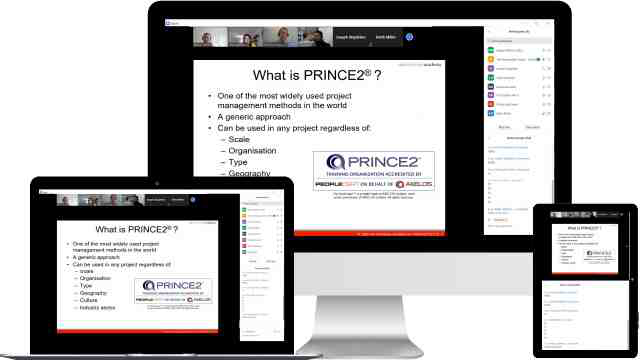
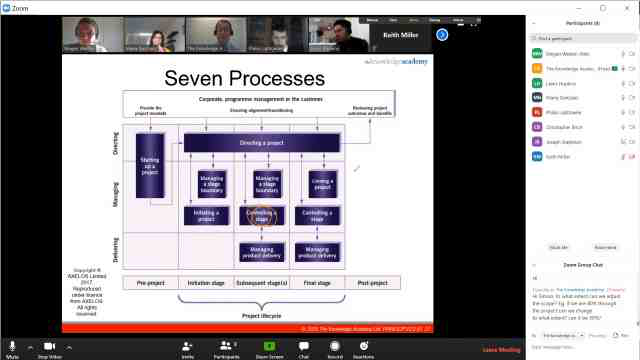
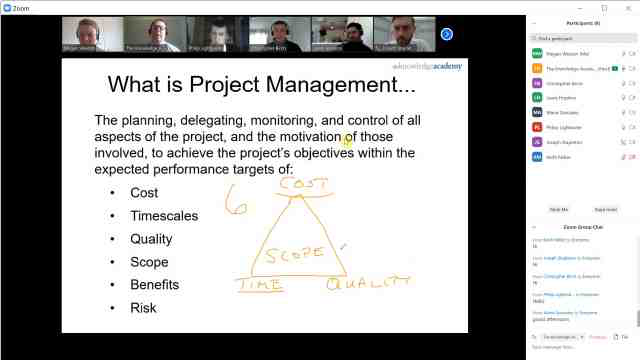
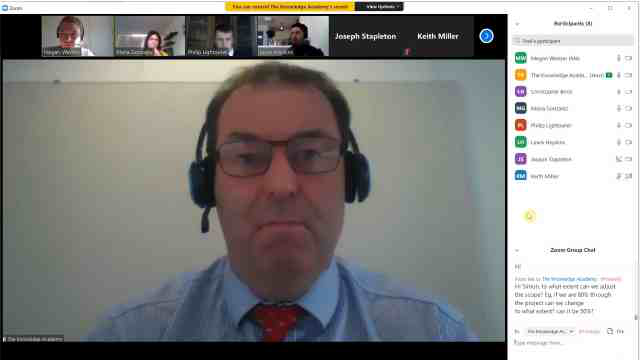
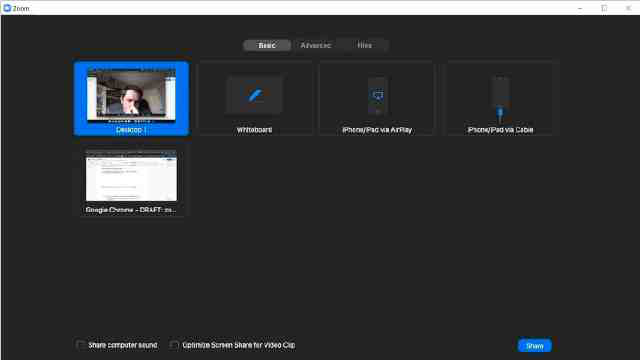
Unlock your potential with The Knowledge Academy's DP-100 Azure Data Scientist Associate Certification, accessible anytime, anywhere on any device. Enjoy 90 days of online course access, extendable upon request, and benefit from the support of our expert trainers. Elevate your skills at your own pace with our Online Self-paced sessions.
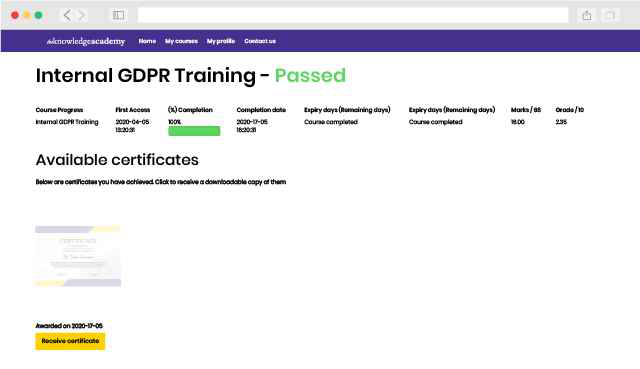
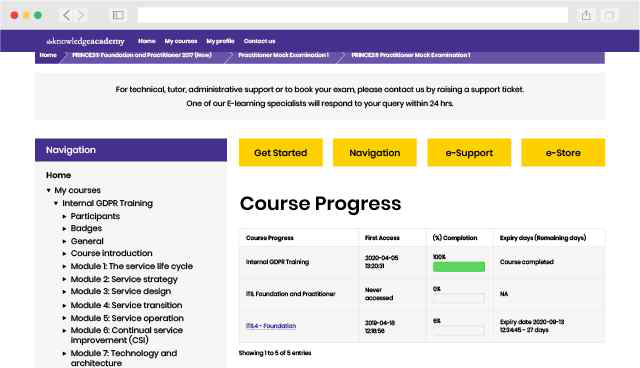
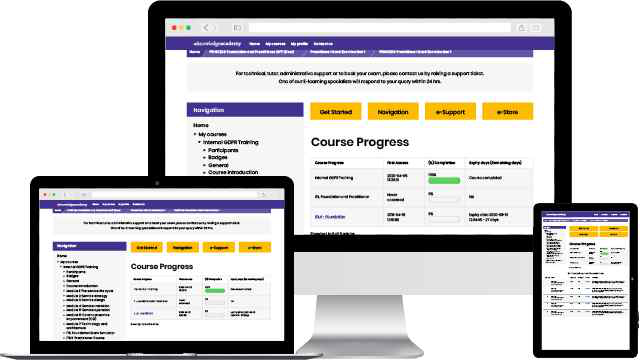
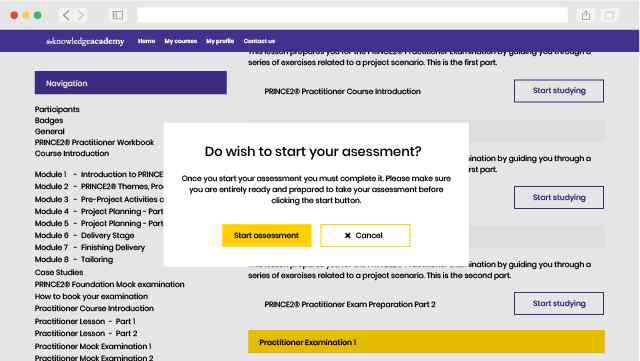
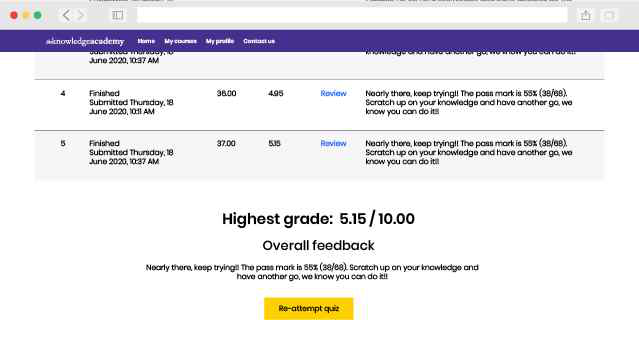
Experience the most sought-after learning style with The Knowledge Academy's DP-100 Azure Data Scientist Associate Certification. Available in 490+ locations across 190+ countries, our hand-picked Classroom venues offer an invaluable human touch. Immerse yourself in a comprehensive, interactive experience with our expert-led DP-100 Azure Data Scientist Associate Certification sessions.

Highly experienced trainers
Boost your skills with our expert trainers, boasting 10+ years of real-world experience, ensuring an engaging and informative training experience

State of the art training venues
We only use the highest standard of learning facilities to make sure your experience is as comfortable and distraction-free as possible

Small class sizes
Our Classroom courses with limited class sizes foster discussions and provide a personalised, interactive learning environment

Great value for money
Achieve certification without breaking the bank. Find a lower price elsewhere? We'll match it to guarantee you the best value
Streamline large-scale training requirements with The Knowledge Academy’s In-house/Onsite DP-100 Azure Data Scientist Associate Certification at your business premises. Experience expert-led classroom learning from the comfort of your workplace and engage professional development.

Tailored learning experience
Leverage benefits offered from a certification that fits your unique business or project needs

Maximise your training budget
Cut unnecessary costs and focus your entire budget on what really matters, the training.

Team building opportunity
Our DP-100 Azure Data Scientist Associate Certification offers a unique chance for your team to bond and engage in discussions, enriching the learning experience beyond traditional classroom settings

Monitor employees progress
The course know-how will help you track and evaluate your employees' progression and performance with relative ease
What our customers are saying
Instructor Overview Lokesh Shukla effectively delivered the "Designing and Implementing a Data Science Solution on Azure DP100" course, showcasing deep knowledge of Azure Machine Learning. Syllabus Coverage and Instructional Quality Lokesh adeptly covered essential topics, from data ingestion to model deployment. His clear explanations and practical examples helped demystify complex concepts, making them accessible to all attendees. Engagement and Interaction He encouraged active participation, fostering a collaborative learning environment. This approach enhanced the practical understanding of the course material. Practical Application and Support Lokesh linked theoretical content with real-world applications, guiding me through Azure’s tools and demonstrating their use in business contexts. Conclusion Lokesh Shukla’s expertise made the course both informative and applicable, providing participants with valuable skills in Azure Machine Learning. His teaching is highly recommended for those interested in advancing their knowledge in data science solutions on Azure.
Babak Fakhim
Thank you.
Tahmid Bari
Calm and patient
Venkat Dinesh
DP-100 Azure Data Scientist Associate Certification FAQs

Why choose us

Best price in the industry
You won't find better value in the marketplace. If you do find a lower price, we will beat it.

Trusted & Approved
Microsoft Azure Training

Many delivery methods
Flexible delivery methods are available depending on your learning style.

High quality resources
Resources are included for a comprehensive learning experience.




"Really good course and well organised. Trainer was great with a sense of humour - his experience allowed a free flowing course, structured to help you gain as much information & relevant experience whilst helping prepare you for the exam"
Joshua Davies, Thames Water



Looking for more information on Microsoft Azure Certification?
DP-100 Azure Data Scientist Associate Certification in United Kingdom
 London
London Birmingham
Birmingham Bristol
Bristol Milton Keynes
Milton Keynes Manchester
Manchester Reading
Reading Glasgow
Glasgow Edinburgh
Edinburgh Southampton
Southampton Virtual
Virtual Bath
Bath Liverpool
Liverpool Nottingham
Nottingham Bedford
Bedford Bolton
Bolton Newcastle
Newcastle Brighton
Brighton Bournemouth
Bournemouth Bracknell
Bracknell Cardiff
Cardiff Bromley
Bromley Cambridge
Cambridge Burton Upon Trent
Burton Upon Trent Norwich
Norwich Buxton
Buxton Sheffield
Sheffield Belfast
Belfast Dublin
Dublin Canterbury
Canterbury Aberdeen
Aberdeen Maidstone
Maidstone Carlisle
Carlisle Chatham
Chatham Chelmsford
Chelmsford Chester
Chester Chichester
Chichester Chorley
Chorley Cirencester
Cirencester Colchester
Colchester Corby
Corby Coventry
Coventry Crewe
Crewe Darlington
Darlington Derby
Derby Doncaster
Doncaster Dundee
Dundee Dunfermline
Dunfermline Exeter
Exeter Fleet
Fleet Gatwick
Gatwick Gloucester
Gloucester Guildford
Guildford Harrogate
Harrogate Heathrow
Heathrow High Wycombe
High Wycombe Hinckley
Hinckley Inverness
Inverness Ipswich
Ipswich Kingston upon Hull
Kingston upon Hull Lincoln
Lincoln Leicester
Leicester Luton
Luton Middlesbrough
Middlesbrough Northampton
Northampton Oxford
Oxford Peterborough
Peterborough Plymouth
Plymouth Poole
Poole Portsmouth
Portsmouth Preston
Preston Slough
Slough Solihull
Solihull Stoke-on-Trent
Stoke-on-Trent Sunderland
Sunderland Swansea
Swansea Swindon
Swindon Teesside
Teesside Tonbridge
Tonbridge Wakefield
Wakefield Warrington
Warrington Warwick
Warwick Watford
Watford Windsor Town
Windsor Town Wokingham
Wokingham Wolverhampton
Wolverhampton Worcester
Worcester Wrexham
Wrexham York
York
 Back to course information
Back to course information
Microsoft Azure Data Scientist Associate
Save upto 40%Included courses:


Total without package: £2790
Package price: £1695 (Save £1095)
Limited budget?
 If you miss out, enquire to get yourself on the waiting list for the next day!
If you miss out, enquire to get yourself on the waiting list for the next day!













 If you wish to make any changes to your course, please
If you wish to make any changes to your course, please

